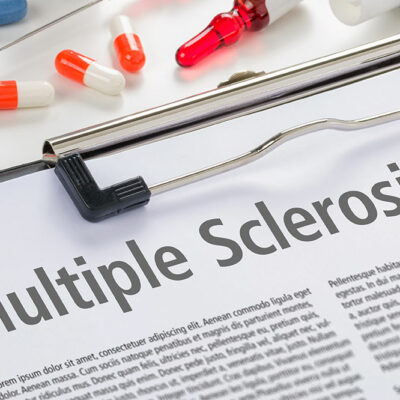
Different Types of Anemia
Anemia is a disease characterized by an inadequate number of healthy blood cells, which eventually leads to low hemoglobin. This further reduces the amount of oxygen that reaches the organs, causing symptoms like fatigue, dizziness, shortness of breath, and headache. There are numerous factors that contribute to the development of the disease, and the causes differ for every type of anemia. Read on to know the different types of anemia.
1. Iron deficiency anemia
This is the most common type of anemia caused due to lack of iron. Inadequate amounts of iron can significantly reduce the production of hemoglobin, which is responsible for carrying oxygen from the lungs to various parts of the body. When organs don’t receive adequate oxygen, they cannot work efficiently. This condition may occur under two circumstances; lack of iron in the diet or the inability to absorb iron from food. Additionally, women are more prone to developing this type of anemia as they may lose excess blood during periods or pregnancy.
2. Aplastic anemia
This type of anemia is associated with a lack of both white and red blood cells as well as platelets. The rare condition can occur when the stem cells in the bone marrow are damaged as the immune system may attack the stem cells. The other factors that can affect the bone marrow include exposure to toxins like pesticides, arsenic and benzene, chemo and radiation therapy, and pregnancy.
3. Sickle cell anemia
Inherited from parents, a gene mutation can cause this blood disorder and impact the production of hemoglobin in the body. When this gene deformation occurs, it leads to the development of a defective form of hemoglobin that’s termed hemoglobin S. This further causes the red blood cells to turn into a stiff but sticky, crescent-like shape. The transformed shape of the red blood cells can easily lead to blockage, and certain parts of the body may not receive adequate blood. This may further cause underlying conditions like muscle pain, breathlessness, and a short span of life of sickle cells, decreasing survival rate.
4. Thalassemia
Thalassemia is an inherited blood disorder that impacts the production of hemoglobin. The condition occurs due to the mutations in the DNA cells. Developed from alpha and beta chains, the mutations can cause alpha-or-beta-thalassemia.
5. Vitamin deficiency anemia
The vitamins linked with this deficiency include vitamin B-12, vitamin C, and folate. There can be two causes of this type of anemia, either an individual’s diet may lack the said vitamins, or the body may have a hard time absorbing them. When the body may not be able to process these vitamins, watch out for underlying conditions like celiac disease, intestinal surgery, excessive alcohol, bacterial growth, tapeworm ingestion, chronic and kidney disease.


